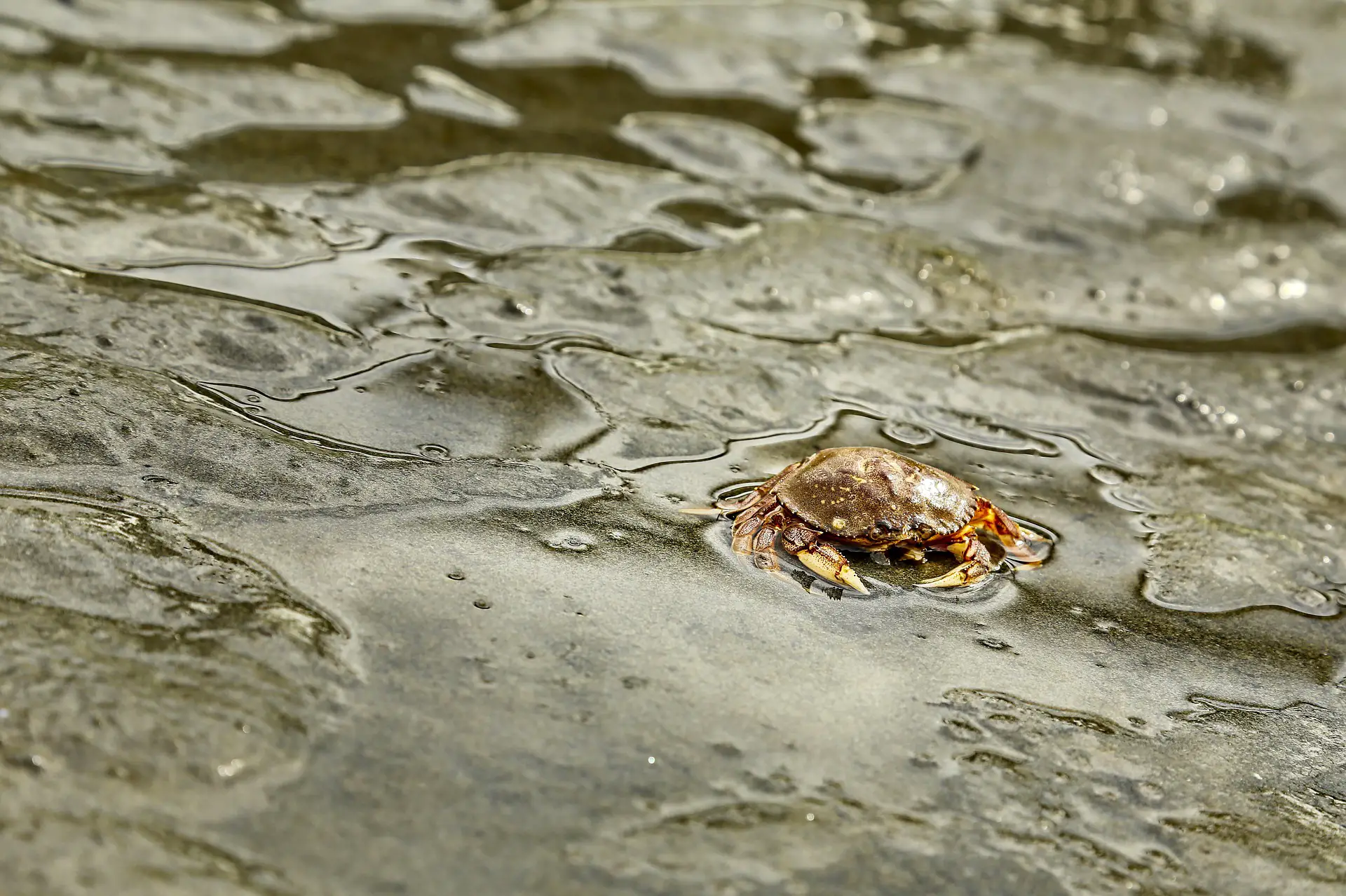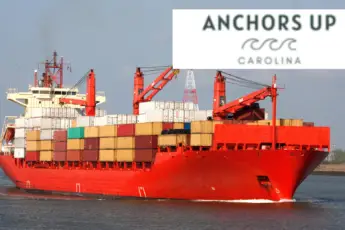The tides in the southeastern states, including the coastal waters of Georgia, South Carolina, and North Carolina, are extreme. Ranges between low and high and high and low frequently exceed nine feet. There is a significant difference between tides. It is essential to understand where and when to find fish for anglers targeting inshore species. Here are 4 tips to understand tides for fishing.
What Is Low Tide
It is simple to identify low tide by the line of sight in the coastal regions. Low tides expose a significant amount of seagrass and the muck bottom, extending considerably from the shoreline.
When the tide is low, the water level drops from the moon’s gravitational forces. Before exiting inlets, water rushes out of tiny creeks, rivers, and sounds.
What was once covered with water along the shore becomes exposed to the air and sunlight, where you will locate once submerged objects and oyster beds.
During low tide, fish move to accommodate the low water levels, and it is essential to know where they seek shelter.
What Is High Tide
High tide is the opposite of low tide. The water rushes from offshore to inshore and floods the sounds, rivers, and creeks.
What was once exposed to the sun or moonlight becomes covered in seawater once again. The saltwater pushes into grasses as the tide rises, which causes the fish to move again.
How Do Tides Impact Anglers
Tides significantly impact anglers which impacts where they fish, how they fish, and the type of bait or artificial lure.
When it comes to understanding tides, anglers must think like fish to understand where they migrate during low and high tides.
Understand the fish’s habitat, and in particular, redfish, flounder, and sea trout move with the tides, so you must remain on top of the motion to continue to catch fish through a day. Learn the difference between two flatfish the flounder vs. the sole.
Where Do Fish Go During Low Tide
When planning tides for fishing review a local tide chart on the internet or a printed version from a tackle shop before heading on the boat or casting from land.
If you will be fishing at a low tide, understand that the water will recede from the shoreline. Receding water presents a challenge for shore and boat anglers as the water levels will be low; therefore, marsh grass is not always an option to target fish.
Best Places To Find Inshore Fish On Low Or Falling Tides
During periods of low tide, focus your attention on deep pockets. Utilize a depth finder on a boat to locate deep pools or fan cast from docks or shore to determine the deepest areas.
The fish migrate to deep pools or submerged oyster beds during low tide. When the water transitions from high to low, continue to focus your attention further from the shore as the depth continues to fall.
Precautions When Fishing Low Or Falling Tides
Avoid allowing the boat to become high and dry by failing to move out of shallow areas when the water rushes out on the changing tide. In the event you become stuck, you will be forced to play a waiting game until the tide rises and the vessel floats free.
Where Do Fish Go During High Tide
Opposite of low tide is high tide and the inshore fish of Georgia, South Carolina, and North Carolina will be on the move again.
As the water floods inland, shore and boat anglers will have the ability to cast along and in the marsh grass lining the banks.
Best Places To Find Inshore Fish On Rising Or High Tides
Now that the water levels are rising, you will tuck into shallow creeks and cuts. Inshore fish pounce on the opportunity to move back up into the marsh grass because of the nutrient and food-rich environment.
Food is abundant in the marsh grass as there are significant populations of crabs, baitfish, other marine life.
During rising or high tides focus your attention on the mouths of creeks and cuts, particularly in areas where oyster beds and marsh grass meets.
What Tide Is Best For Fishing
Let’s start by saying slack tide is best avoided. Slack tide is a period between the shift from dead low or dead high where the water remains still. Inshore fish are the least active when the water fails to move.
When it comes to choosing a tide, we recommend fishing during high or near high tides when the water is incoming instead of outgoing.
High tides allow boaters and shore anglers to venture into unapproachable areas during low tides. Additionally, anglers must find deep holes or submerged oyster bends to locate fish during low tide.
Tides For Fishing: Plan Your Day
Before heading out for the day, check the tides. One of the best online resources is Tides4Fishing. No matter the tide fish are found and caught but it takes patience to locate them unless you fish regularly and understand the fish’s patterns and hot spots. Don’t overcomplicate tides for fishing; enjoy any day spent on the water.





